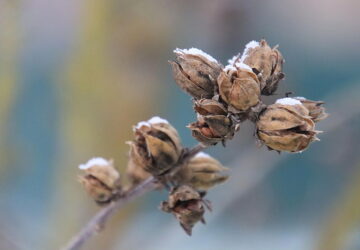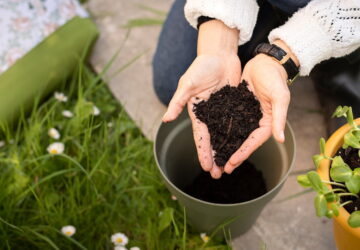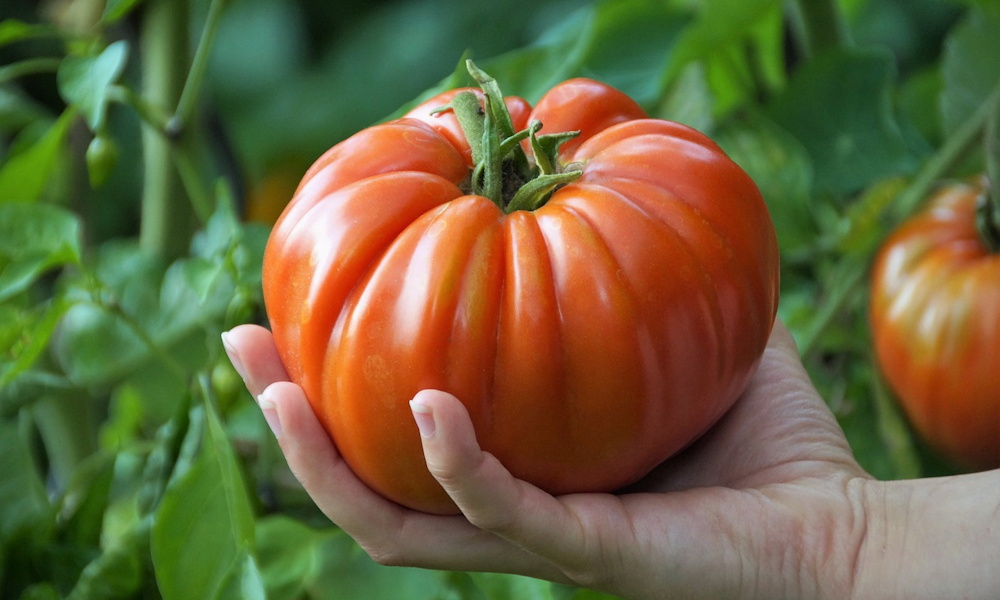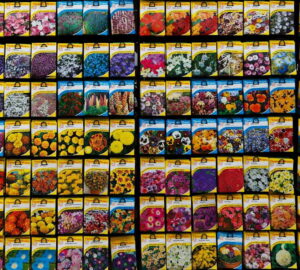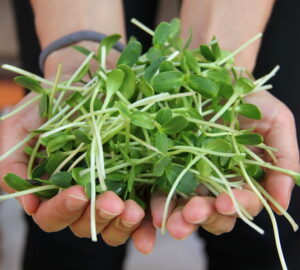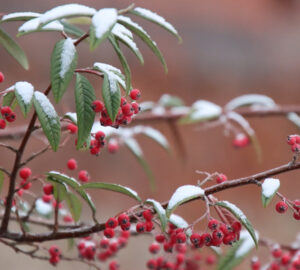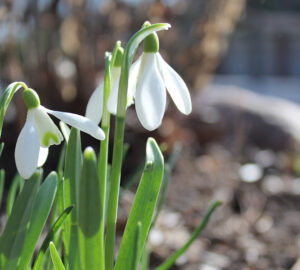Harvesting summer vegetables at their peak ripeness ensures the best flavor and nutritional value. Proper storage techniques can extend the life of your harvest, allowing you to enjoy garden-fresh produce well into the off-season. In this article, we will explore the best methods for harvesting, storing, and preserving your summer bounty.
Expert Tips for Harvesting Favorite Summer Vegetables
1. Tomatoes: Tomatoes are best harvested when they are fully colored and slightly soft to the touch. Pick them by gently twisting the fruit until it snaps off the vine. Store ripe tomatoes at room temperature and out of direct sunlight to maintain their flavor. For longer storage, consider canning or making sauces and freezing them.

2. Zucchini: Zucchini should be harvested when they are about 6-8 inches long for the best texture and flavor. Use a knife to cut them from the plant. Store zucchini in a plastic bag in the refrigerator, where they can stay fresh for up to a week. You can also grate and freeze zucchini for use in baking and cooking later on.
3. Cucumbers: Harvest cucumbers when they are firm and green, before they turn yellow. Cut them off the vine with a sharp knife or pruners to avoid damaging the plant. Store cucumbers in the refrigerator, where they can last for up to a week. For longer storage, pickling is a great option.
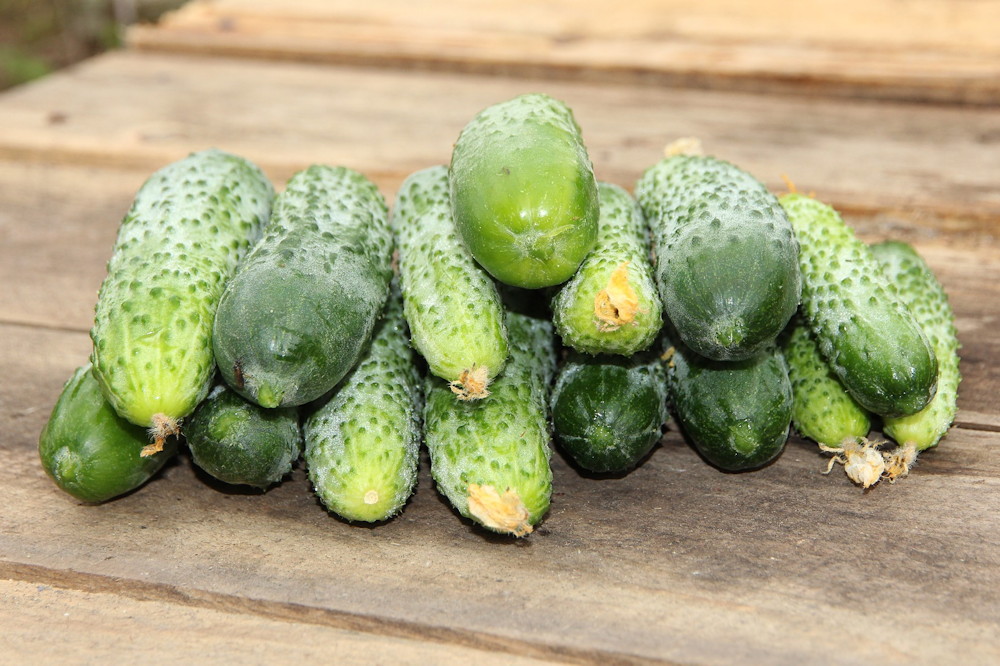
4. Peppers: Peppers can be harvested when they reach the desired size and color. Use scissors or a knife to cut them from the plant to avoid breaking the branches. Store peppers in the refrigerator. They can last up to two weeks. Freezing peppers is also a good option for long-term storage.
5. Green Beans: Pick green beans when they are firm and before the seeds inside begin to bulge. Snap or cut them off the plant. Store beans in a plastic bag in the refrigerator, where they can last for up to a week. For longer preservation, consider blanching and freezing them.

Best Storage Practices to Keep Your Veggies Fresh
Proper storage extends the life of your vegetables and preserves their quality. Here are some general tips:
- Cool and Dry: Most vegetables prefer cool and dry storage conditions. Use a refrigerator for short-term storage and a cool, dark place like a basement for long-term storage.
- Canning and Pickling: For a long-lasting preservation method, canning and pickling are excellent options. These methods can keep vegetables fresh for months.
- Freezing: Many vegetables can be blanched and frozen, which helps retain their color, flavor, and nutritional value. This is especially useful for surplus harvests.
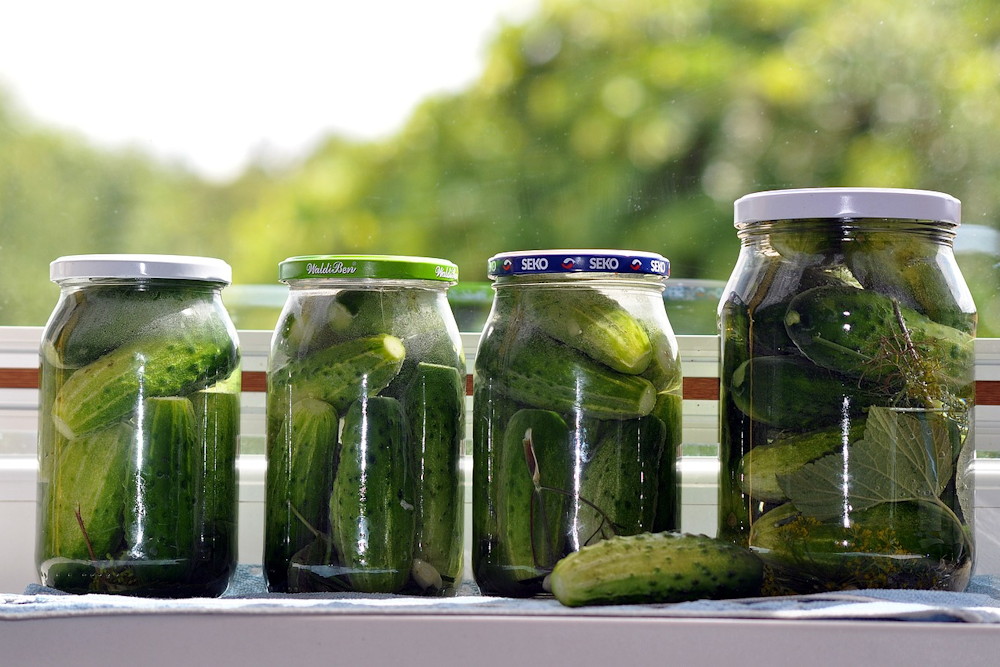
Discover New Favorites: Unique Summer Vegetables to Harvest
In recent years, several less common or newly popular vegetables have started appearing in home gardens. Here are a few that are gaining attention:
1. Shishito Peppers: Shishito peppers are harvested when they are bright green and about 3-4 inches long. Use scissors or a knife to cut them from the plant. Store shishito peppers in a plastic bag in the refrigerator, where they can last for up to two weeks. They are excellent when blistered in a hot pan and served as an appetizer.
2. Okra: Okra should be picked when the pods are 2-3 inches long and tender. Use scissors or a knife to cut them from the plant. Store okra in a plastic bag in the refrigerator, where it will keep for a few days. For longer storage, consider pickling okra.
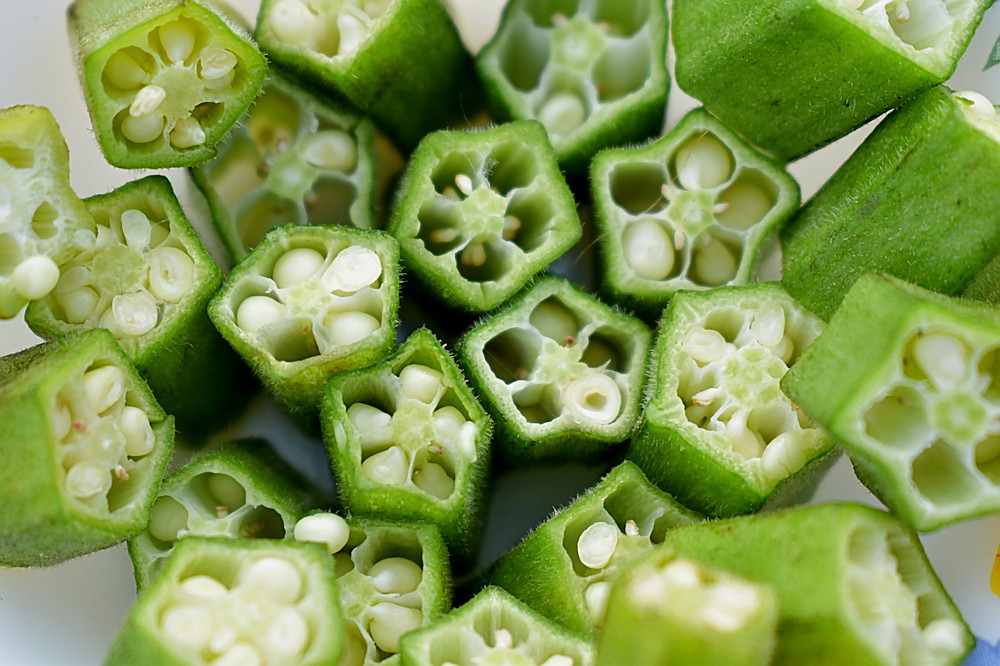
3. Chard: Harvest chard by cutting the outer leaves when they are large enough to eat. Store chard in a plastic bag in the refrigerator, where it can last for up to a week. Like kale, chard can also be frozen for later use.
4. Asian Greens (like Bok Choy and Tatsoi): These greens should be harvested when the leaves are tender and crisp. Cut them at the base of the plant. Store them in the refrigerator in a plastic bag, where they can last for up to a week. Freezing is also an option after blanching.
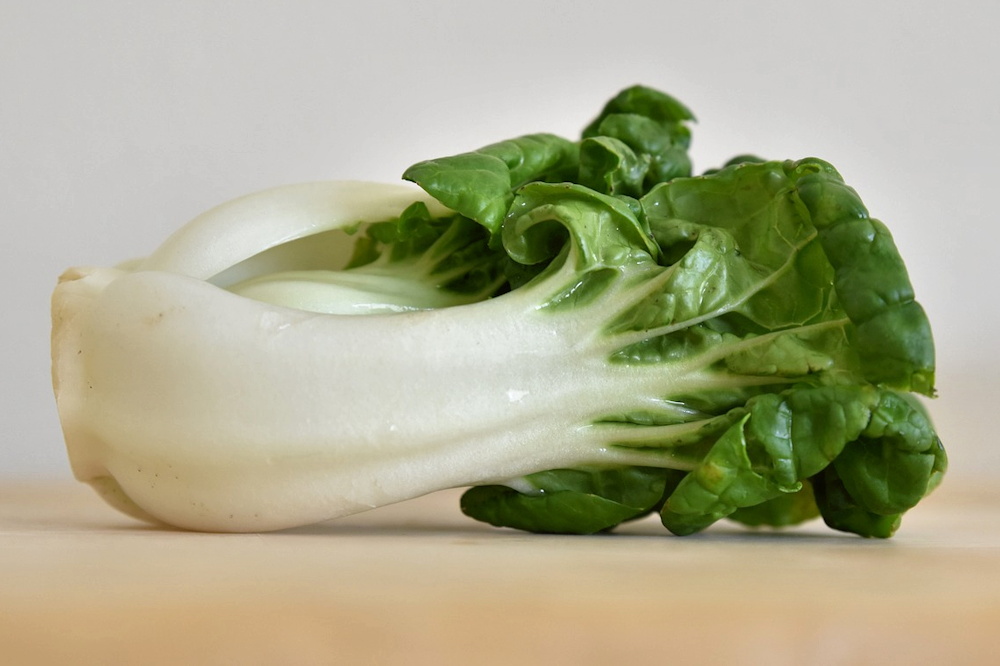
5. Chinese Yardlong Beans: Chinese yardlong beans, also known as asparagus beans, are harvested when the pods are about 12-18 inches long and before the seeds inside start to swell. Use scissors or a knife to cut them from the plant. Store the beans in a plastic bag in the refrigerator, where they can last for up to a week. These beans can be stir-fried, sautéed, or used in a variety of Asian dishes.
By following these harvesting and storage tips, you can enjoy the fruits of your summer garden well into the colder months. Happy gardening!
